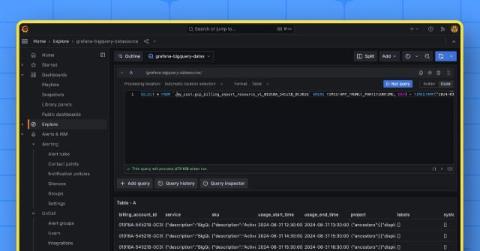Mobile and Supply Chain Predictions for 2025
My new crystal ball was delivered this morning, so it’s time to make some enterprise mobility predictions for 2025. I ordered it on an early black Friday deal yesterday and got free overnight shipping. Even though my AI-driven shopping guide encouraged paying for same-day delivery, I saw no need to pay for faster amusement. But enough about my ecommerce buying habits; let’s look at what mobility and supply chains operations teams might see in 2025.











